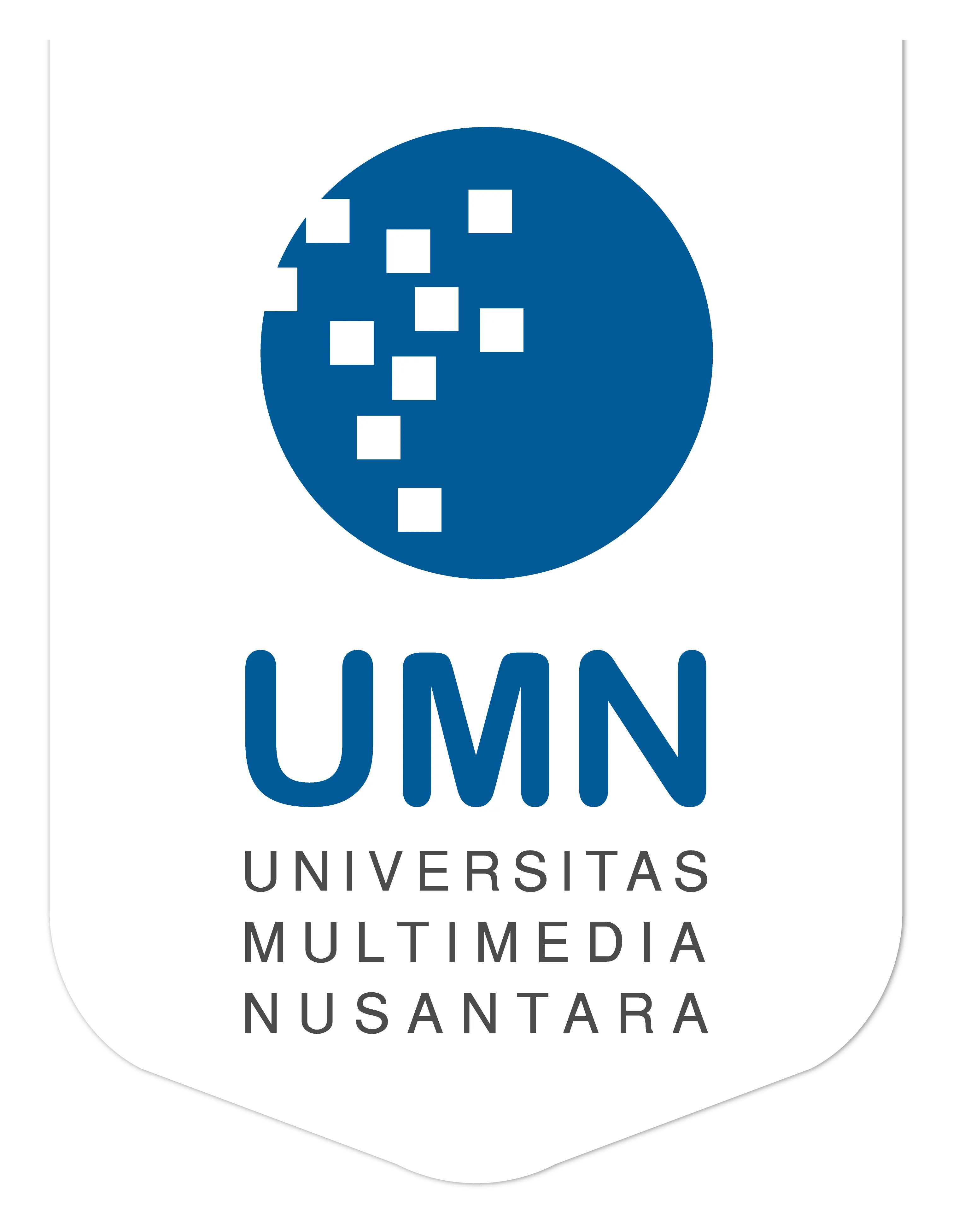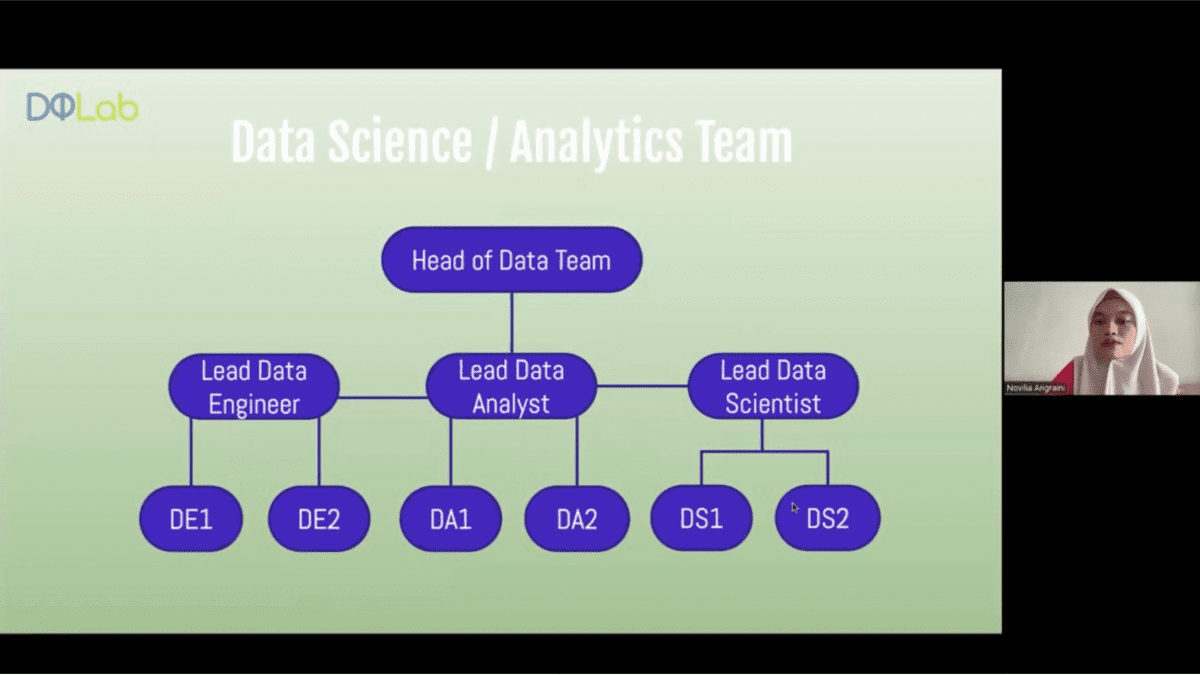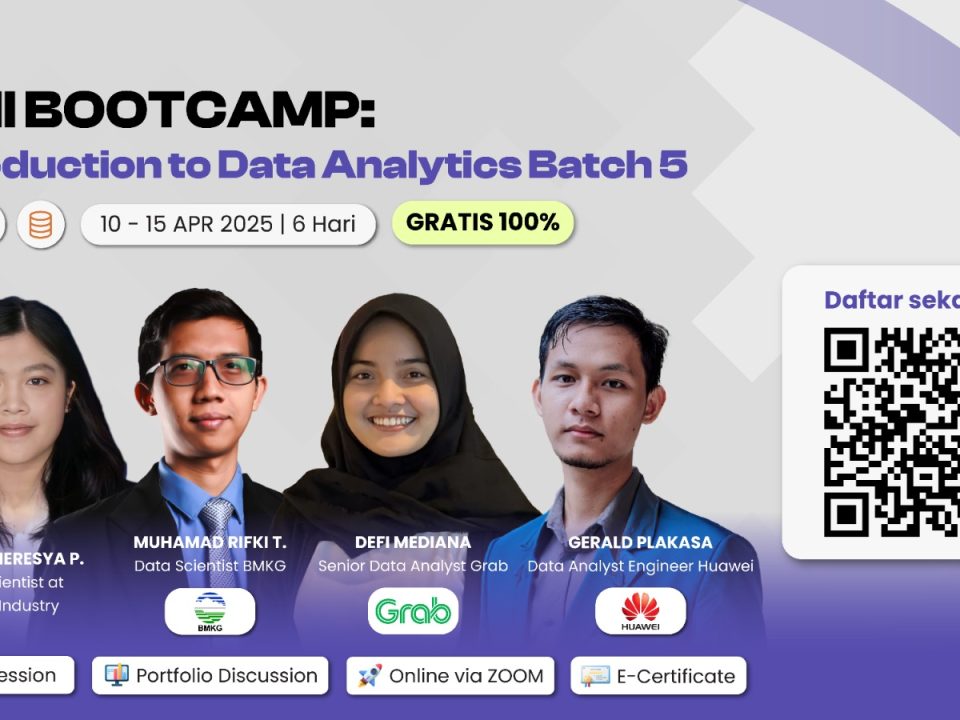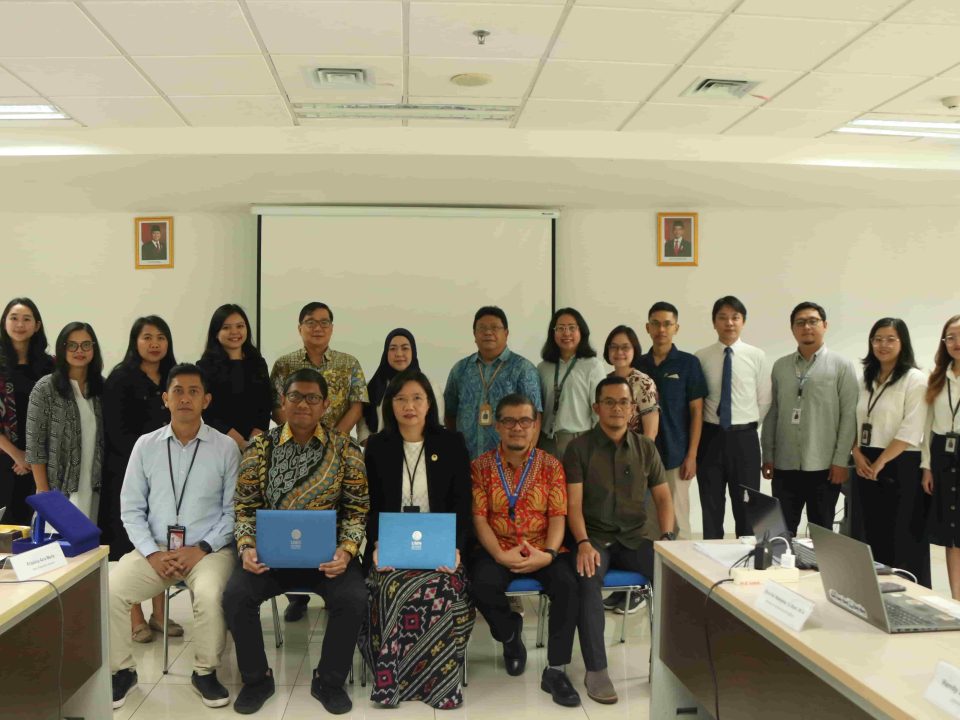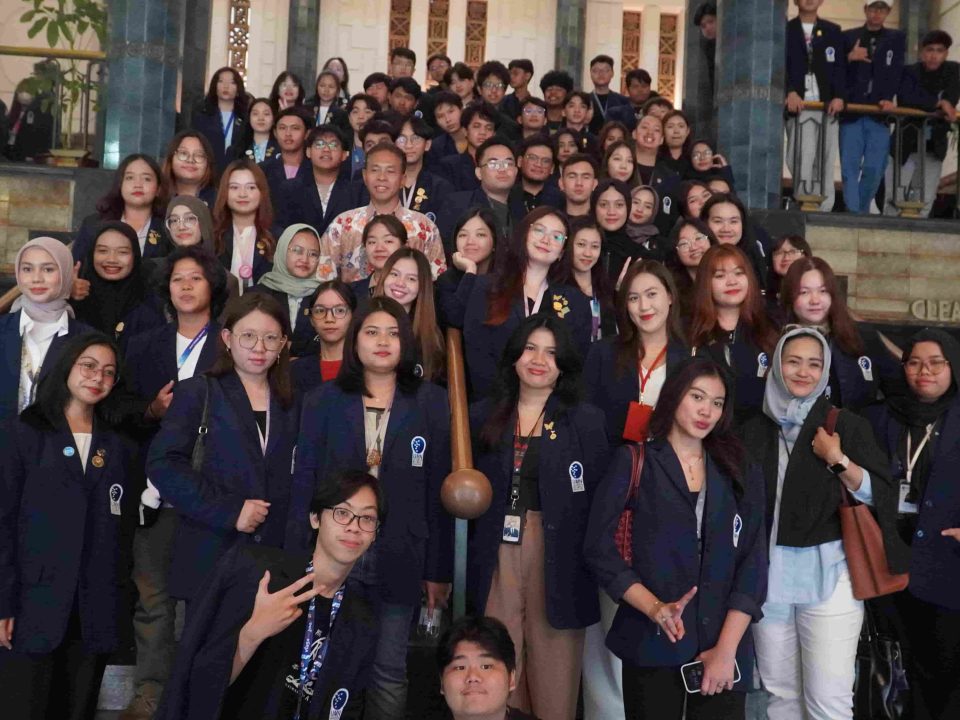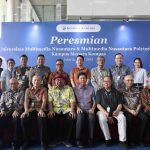
Inauguration of Universitas Multimedia Nusantara and Multimedia Nusantara Polytechnic Campus at Menara Kompas
July 29, 2024
Timor-Leste’s Minister of Education, Science, and Culture Visits UMN
July 29, 2024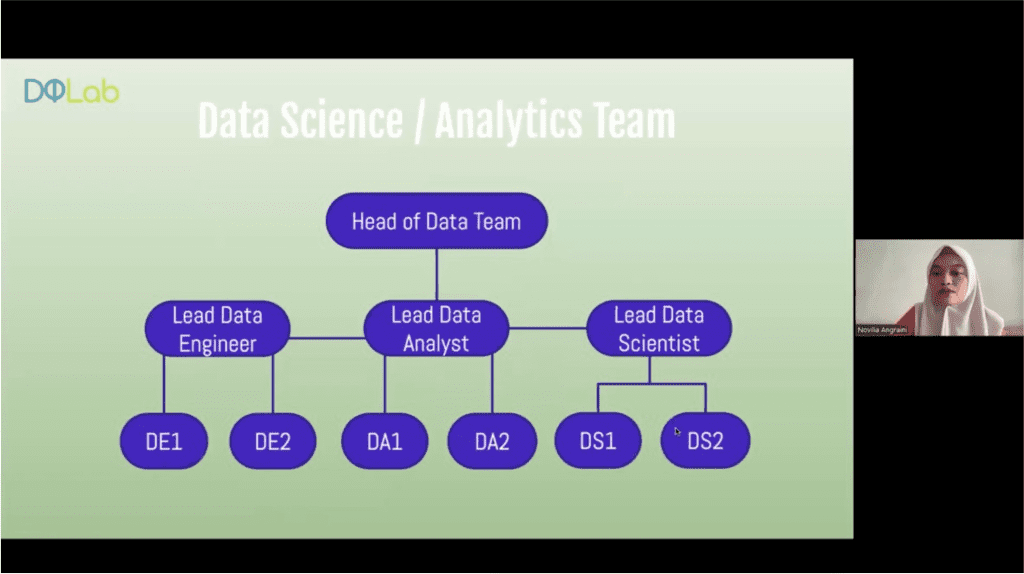
Tangerang—Various innovative technologies developing in this digital era are increasingly rapidly in line with the development of data science. In an era where data has become the “new gold,” the ability to process and analyze data has become a precious skill. Advanced technology, especially AI technology, has provided convenience after convenience in various fields of life, changing how we work, learn, and interact.
This change is happening not only in the big business sector but also in our daily lives. From the apps we use on our phones to the recommendation systems on streaming platforms, everything relies on data analysis. This phenomenon has led the younger generation to look at professions in the data field, ranging from Data Engineer to Data Analyst to Data Scientist. These professions offer fantastic salary prospects and promise a bright future, attracting many people to pursue a career in data.
However, starting a career in data can be challenging. Many feel confused about where to start and what skills are required. To answer this need, DQLab once again held a Free Class Data Science Fundamentals Batch 36, which is free of charge specifically for beginners who want to learn data.
Inviting Novilia Angraini, a Data Analyst at PT Amar Bank Indonesia, this class provided a comprehensive introduction to the implementation of data science in various fields of life, the basics of data science, role specifications in the data field, and salary prospects in the data field.
Novi started this activity by explaining examples of data science implementation in various fields. First, in banking, financial services, and insurance (BFSI), data science is used to help with credit scoring, fraud detection, risk modeling, loan management, segmentation, and customer data management. Data science in this field can help minimize human error by utilizing machine learning models more effectively.
Another example of data science implementation that is rarely reviewed by beginners and also given by Novi is in the telecommunications sector. When subscribing to a telecommunications provider, customers can usually get subscription price offers that vary from one customer to another.
This is based on the algorithm of previous transactions made by each customer. In addition, data science in telecommunications can also be used for network optimization and predictive maintenance, product innovation and targeted campaigns (contextualized location-based promotions), analysis of call detail records, and analysis and prediction of churn or customers.
“For example, if you use Telkomsel and access the data packages, the prices may differ for each user. That’s because Telkomsel personalizes customers based on their monthly usage,” Novi said.
“If customer A uses 200 thousand, a related data package, for example, 210 thousand, will be recommended in the next month. For example, customer B lives in an office and at home where there is Wi-Fi, so he doesn’t use much, for example, 70 thousand, so in the next month, a package related to 75 thousand will be recommended, and so on. So it’s profitable, right?” Novi added.
Furthermore, Novi explained data science processes using the Cross-Industry Standard Process for Data Mining (CRISP-DM) framework. First, a data scientist must have a business understanding to analyze what will be done, for example, segmenting customers who often do not make purchases. Next, data preparation is done by cleaning and continuing with modeling. After that, evaluate to analyze whether the model that has been made is accurate or not. Finally, if the data is ready, the data can be deployed.
Not only that, Novi also provided a specific description of the job description and the roles performed by each profession in the data field. Starting from data scientists, they carry out statistical, mathematical, and algorithmic processes and a small part of software engineering and data communication processes.
Meanwhile, a Data Analyst performs data processing and communication processes by analyzing them using statistics and mathematics. Finally, the data engineer only focuses on ensuring and maintaining the data warehouse so that it can be accessed and appropriately used by data analysts and scientists.
Therefore, with a reasonably specific job description, the salary prospects offered are also very attractive. For example, entry-level positions in the data field can earn Rp6,000,000—Rp.12,000,000, mid-level Rp8,000,000—Rp25,000,000, and senior levels above Rp25,000,000.
“So this is related to my experience as a fresh graduate, but I got it in Data Analyst. I used to make portfolios like analysis and predictions at Looker Studio, and I got 8 million. Alhamdulilah, it’s above the minimum wage. It’s interesting, and the work is also interesting because we do something different from what people do,” Novi explained.
She also gave an overview of the data science team’s organizational structure. According to Novi, each company has a different organizational structure. However, the data science team generally has a head data team, lead data engineer, data engineers 1 and 2, lead data analyst, data analysts 1 and 2, and lead data scientist, data scientists 1 and 2.
Therefore, Novi also provides recommendations for beginners who want to optimize their career preparation in the data field to start learning SQL, Python, and R by attending various courses or training to hone their skills. One of them is through the Bootcamp Live Class program from DQLab.
The program has many available classes for each role you want to learn. They also provide a comprehensive learning curriculum adapted to industry needs, complete modules, 24-hour AI Chatbot assistance, and HERO (Hands-On, Experiential Learning, and outcome-based) learning methods designed to be beginner-friendly and have been proven to produce excellent talents who have successful careers in the data field.
So, what are you waiting for? Prepare yourself for a career in data by signing up or joining the Data Analyst Bootcamp with SQL and Python now!
by Lisya Zuliasyari | DQLab
English translation by Levina Chrestella Theodora
Kuliah di Jakarta untuk jurusan program studi Informatika | Sistem Informasi | Teknik Komputer | Teknik Elektro | Teknik Fisika | Akuntansi | Manajemen| Komunikasi Strategis | Jurnalistik | Desain Komunikasi Visual | Film dan Animasi | Arsitektur | D3 Perhotelan , di Universitas Multimedia Nusantara. www.umn.ac.id
